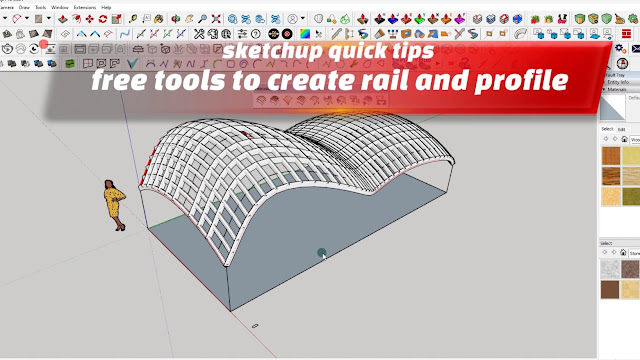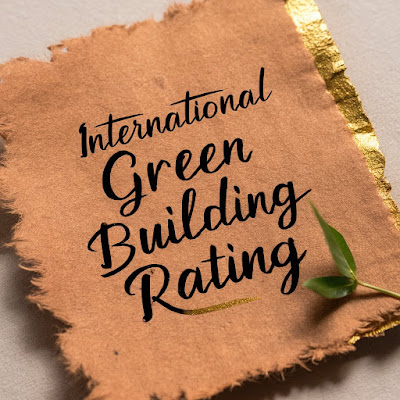Introduction
SketchUp’s versatility is enhanced by a wide range of plugins, many of which are available for free. These plugins can significantly expand the software’s capabilities, allowing you to work more efficiently and achieve better results without spending a dime. In this post, we’ll explore ten of the best free SketchUp plugins that every 3D modeler should know about.
1. Selection Toys
Purpose: Enhanced Selection Tools
Description: Selection Toys is a must-have plugin that enhances SketchUp’s selection capabilities. It allows you to select objects by various criteria, such as by material, layer, or type (e.g., edges, faces). This makes managing complex models much easier, saving you time on tasks like cleanup and editing.
2. 1001bit Tools
Purpose: Architectural Modeling
Description: 1001bit Tools offers a collection of architectural tools that streamline the modeling process for features like stairs, walls, and windows. It includes tools for creating parametric staircases, roof framing, and even wall extensions, making it an invaluable resource for architectural designers.
3. Soap Skin & Bubble
Purpose: Organic Surface Modeling
Description: Soap Skin & Bubble is a unique plugin that allows you to create organic surfaces by "inflating" flat mesh geometries into bubble-like forms. It’s perfect for creating complex, curved surfaces that would be difficult to model using standard tools, especially in architectural and product design.
4. Weld
Purpose: Joining Segmented Edges
Description: Weld is a simple but powerful plugin that allows you to join multiple edges into a single polyline. This is especially useful when working with complex paths or when you need to simplify your geometry for better modeling efficiency.
5. Eneroth Open Newer Version
Purpose: Compatibility Management
Description: This plugin is a lifesaver if you ever need to open a SketchUp file created in a newer version of the software. It allows you to convert newer files to older formats that are compatible with your current version of SketchUp, ensuring you can continue working without upgrading.
6. JHS Powerbar Plugin
Purpose: Combines numerous tools from different plugins into one toolbar
Description: FredoScale extends SketchUp’s scaling capabilities, allowing you to scale objects in non-uniform ways, such as tapering, stretching, or twisting. This plugin is perfect for creating more dynamic and complex models, especially when working with irregular shapes.
6. CleanUp³
Purpose: Model Optimization
Description: CleanUp³ is an essential plugin for keeping your models optimized and running smoothly. It helps you remove unnecessary geometry, purge unused materials and components, and fix errors in your model, which is crucial for large or detailed projects.
8. Edge Tools²
Purpose: Edge and Geometry Editing
Description: Edge Tools² is a collection of tools designed to help you clean up and manage edges in your model. It includes functions for finding and fixing stray edges, simplifying geometry, and closing gaps, making it easier to create clean, watertight models for 3D printing or other purposes.
9. Truebend plugin
Purpose: Bending model in x-y plane
Description: TrueBend is a free SketchUp plugin developed by ThomThom, a well-known plugin creator in the SketchUp community. The plugin is designed to bend selected geometry along a predefined curve, offering users an intuitive way to create complex shapes that would be difficult or time-consuming to achieve using SketchUp’s native tools.
10. Shape Bender plugin
Purpose: hape Bender bends objects along a user-defined path
Description: Shape Bender is a free plugin that enables users to bend objects along a predefined path in SketchUp. This powerful tool is ideal for creating smoothly curved shapes and components that follow a specific trajectory, such as bent railings, curved walls, or even complex design elements in furniture.
Conclusion
These free plugins are indispensable for anyone looking to enhance their SketchUp experience without spending any money. Whether you're a beginner or a seasoned pro, these tools can help you work more efficiently and achieve more with your models.
.png)


.jpg)



%20or%20concrete%20-%20decor%20wall%20panels.jpeg)



.png)
